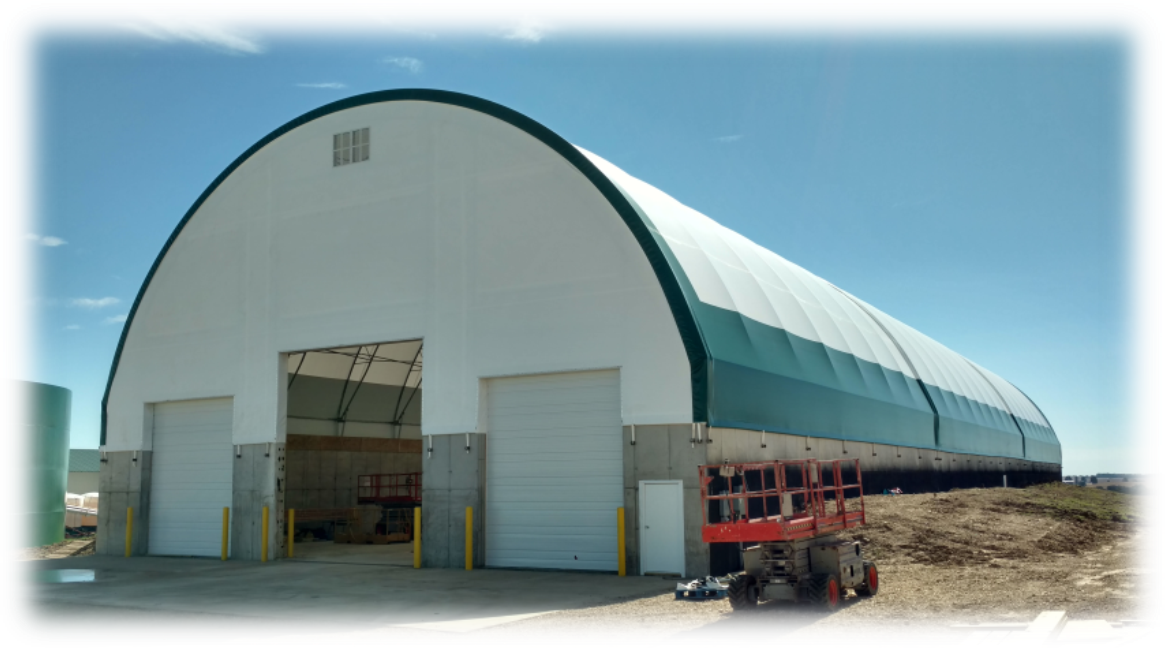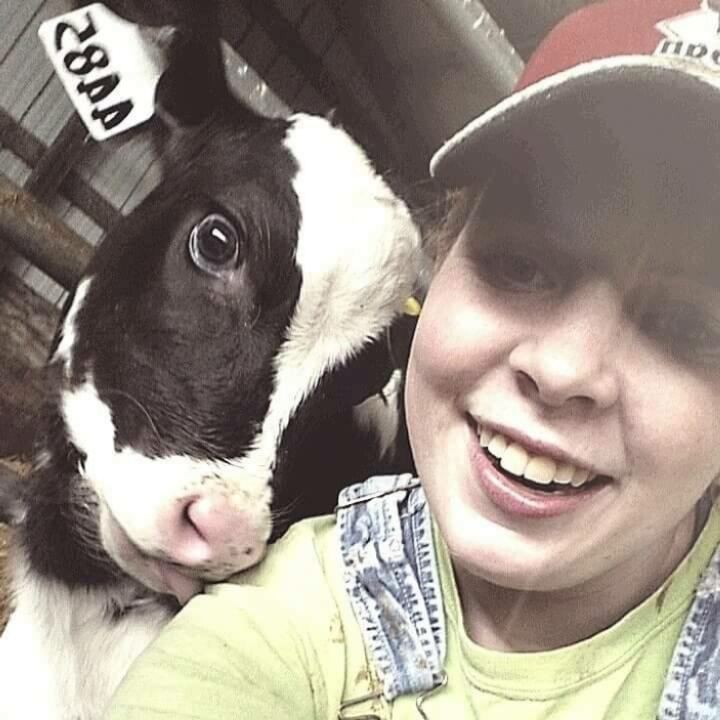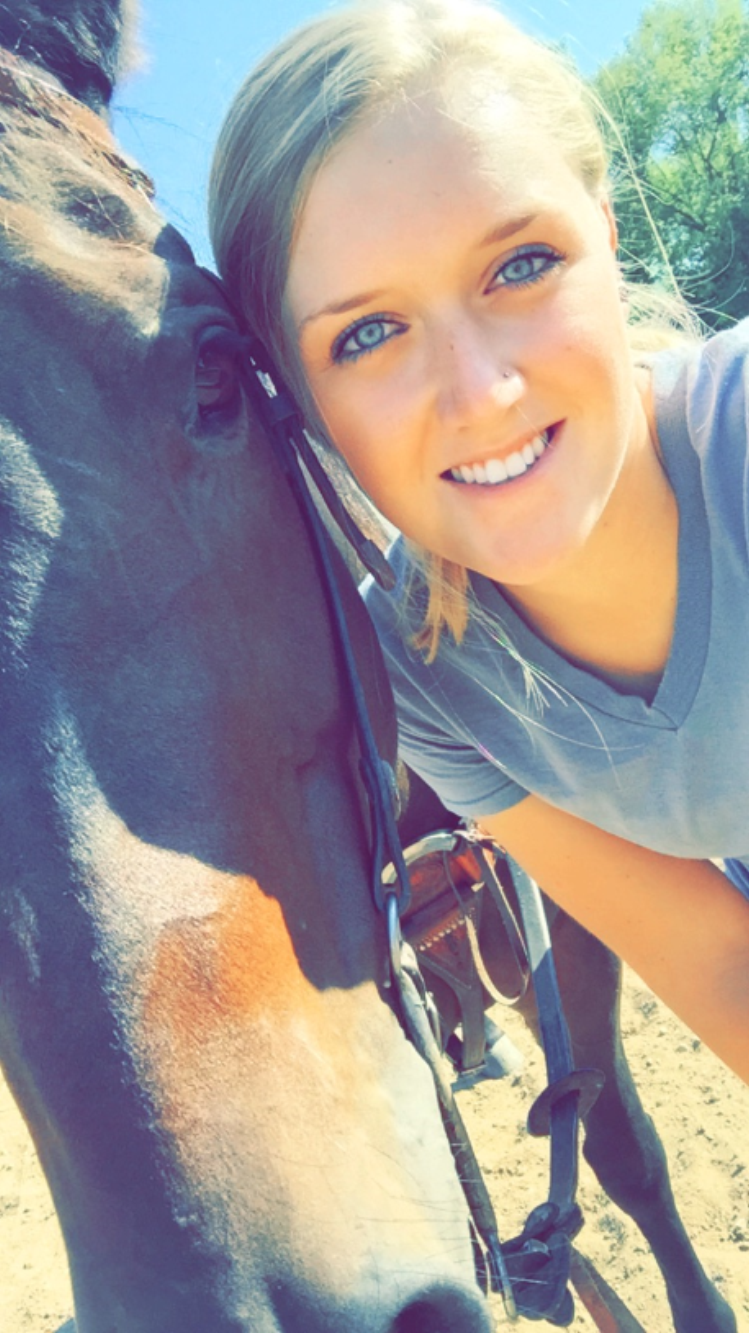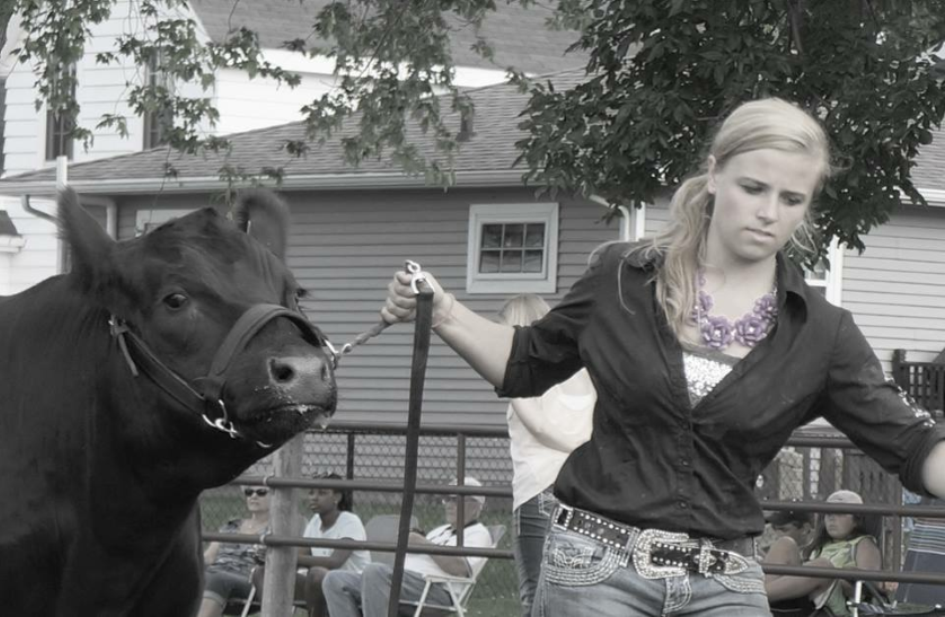N, P, and K always garner a lot of attention when we talk about soil fertility but as many of you know, sulfur has been going into more and more of our fertilizer blends. In the past, sulfur deficiency was uncommon in the Midwest, so what has changed in the last forty years? Although there are several reasons for the increase in sulfur fertilization, three of the main culprits are cleaner air, more accurate fertilizer production, and higher crop yields. Burning fossil fuels released sulfur dioxide into the atmosphere and subsequent rain events would bring the sulfur back to the soil so there was always an adequate supply for crop production. The Clean Air Act was passed in 1970 and was successful at reducing the amount of air pollution including sulfur dioxide. Many older fertilizer blends contained impurities like sulfur which also added to soil levels. Today, commercial fertilizers like MAP and DAP contain much lower amounts of sulfur impurities. Lastly, the trend of increasing yields from our major agronomic crops has created more demand for added sulfur to maintain and elevate our current yield levels.
There are a few things to know about sulfur to make sure you are maximizing your fertilizer dollars. The form of sulfur is important. Sulfur contained in the soil organic matter is not available to plants but a portion of the organic matter mineralizes every year converting the organic sulfur into sulfate sulfur, the form available for plant uptake. Each percent of soil organic matter will release 2-3 pounds per acre of available sulfur annually. Sulfur needs to be managed for the entire season. Corn will take up half of its sulfur after tassel and soybeans will take up more than half of its sulfur need after flowering. According to the Mosaic Company on a per acre basis, a 200 bushel corn crop will take up 30 pounds of sulfur and a 70 bushel soybean crop will take up 25 pounds of sulfur. Fertilizing with sulfate sulfur will get sulfur to the plants right away but sulfate does have the potential to leach from the root zone though not as readily as nitrate. A product like elemental sulfur is not immediately plant available. Elemental sulfur needs to be oxidized by the soil microbes so it acts as slow release sulfur. Another thought to keep in mind is forage crops like alfalfa and corn silage will have a higher demand for sulfur because we are harvesting a larger portion of the plant. A 10 ton alfalfa harvest for the year will take up 54 pounds of sulfur. The form and analysis of sulfur fertilizers varies between products. Dry fertilizers that are commonly used are ammonium sulfate, elemental sulfur, and calcium sulfate (gypsum). Ammonium thiosulfate is a common liquid sulfur source used in this area. Don’t forget that certain products will supply other essential nutrients besides sulfur. Contact your agronomist at WS Ag to determine the best way to add sulfur to your fertility program or for ideas on how to improve your current system.
Thank you, Mark Kendall





